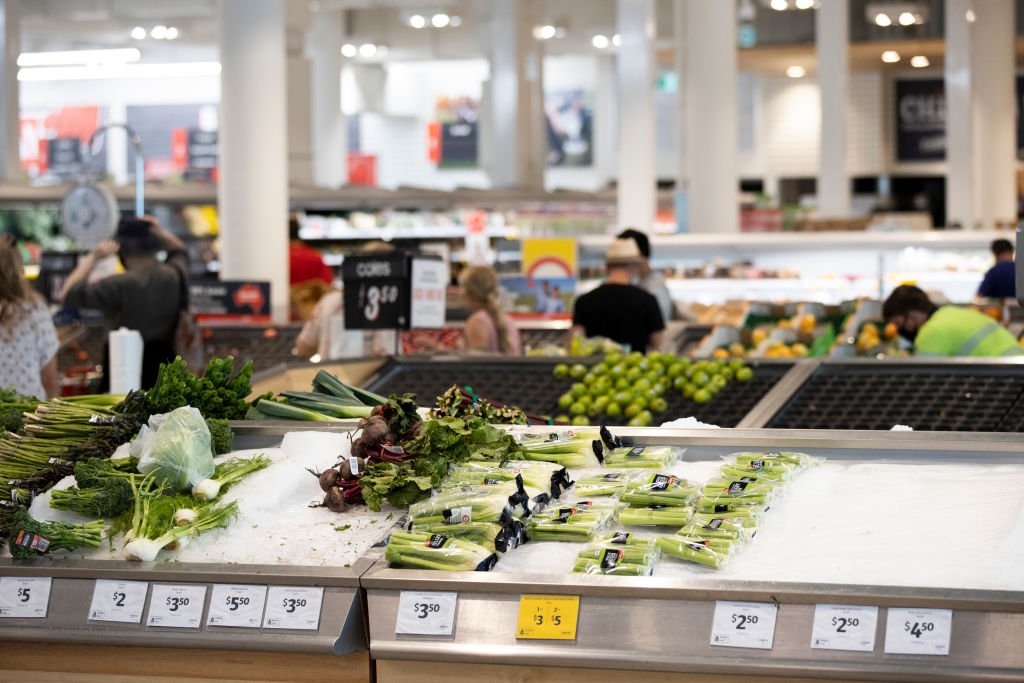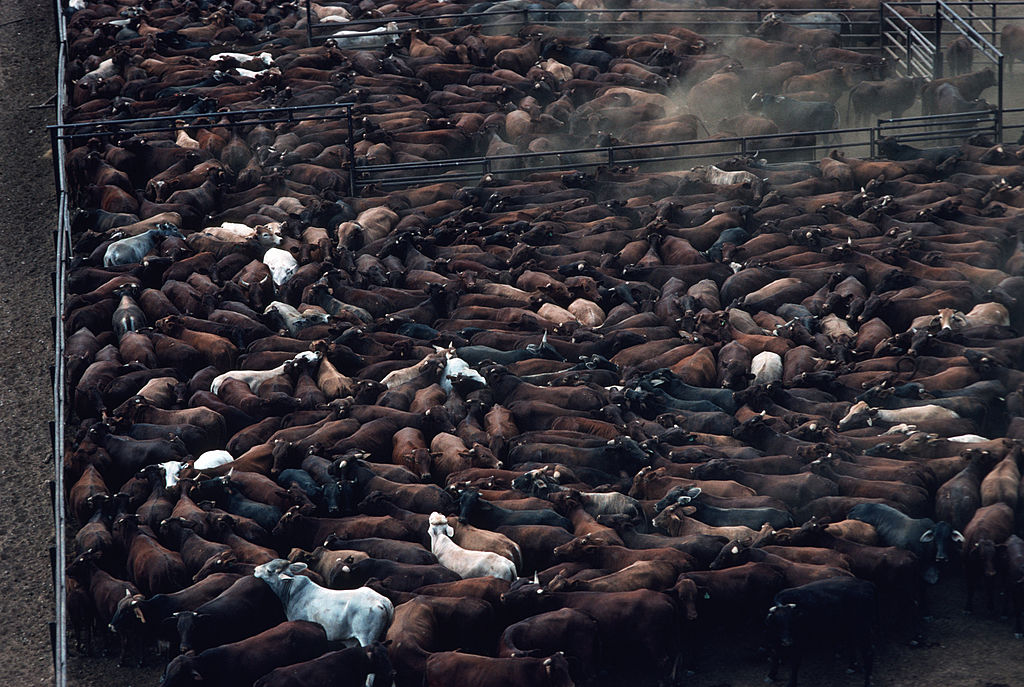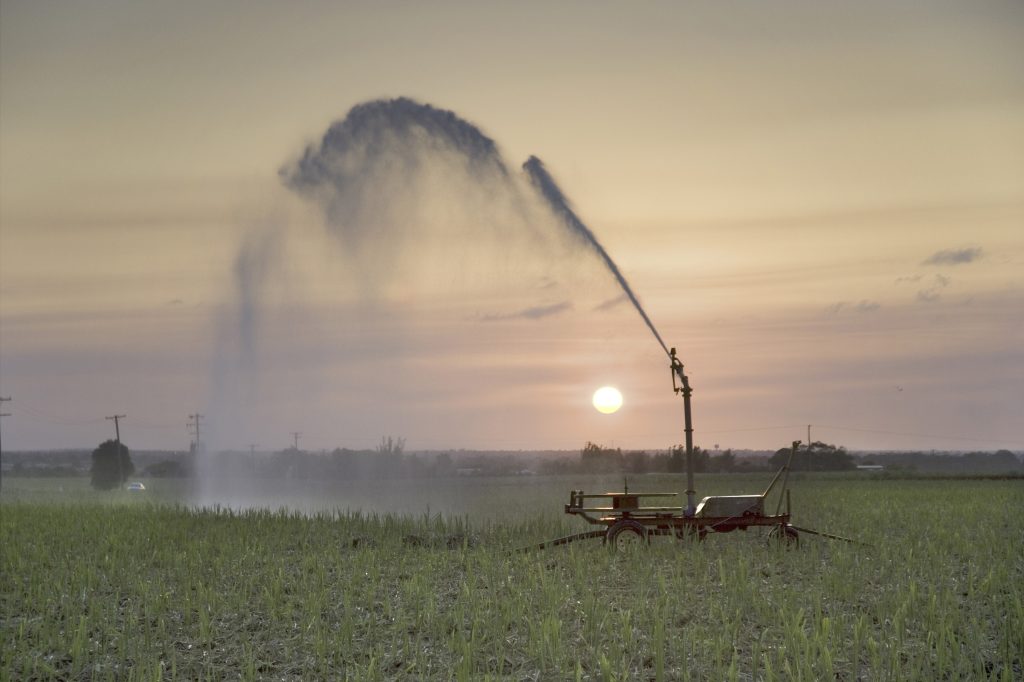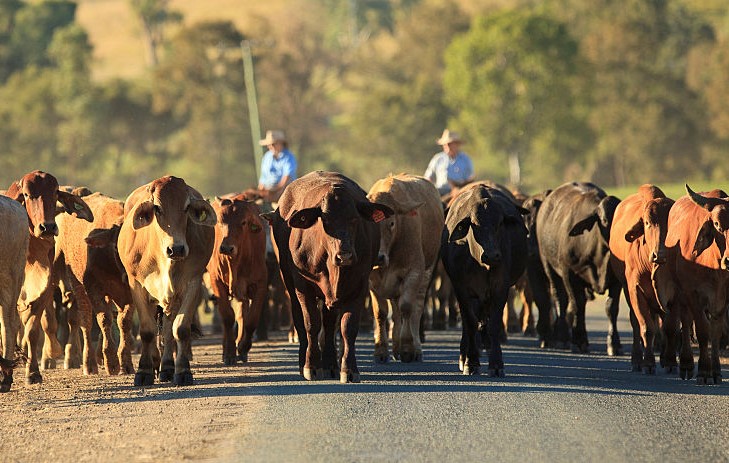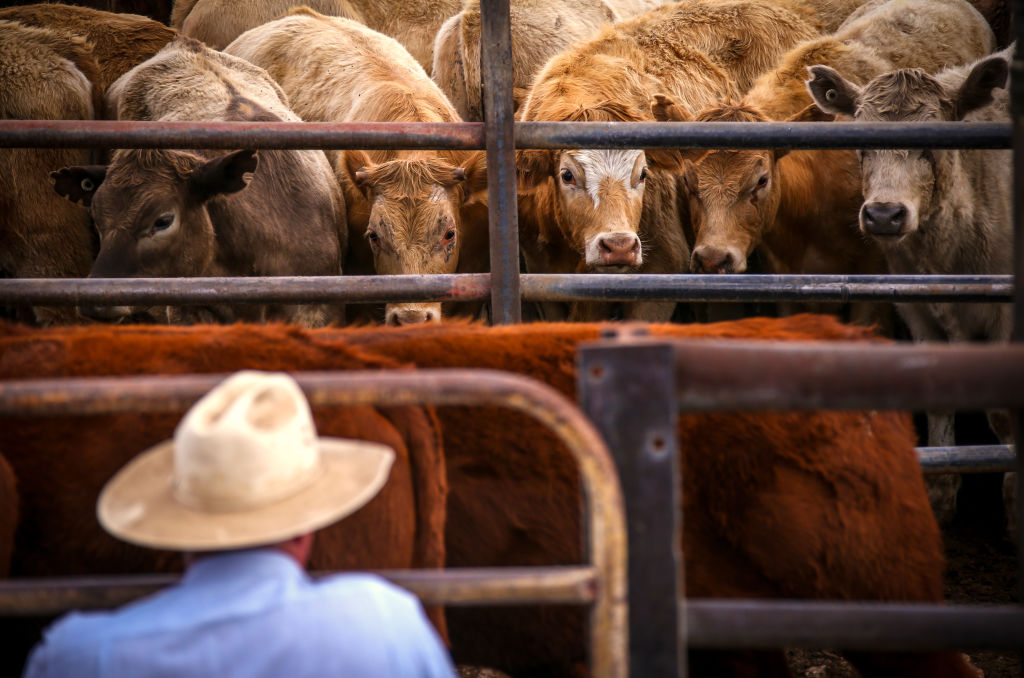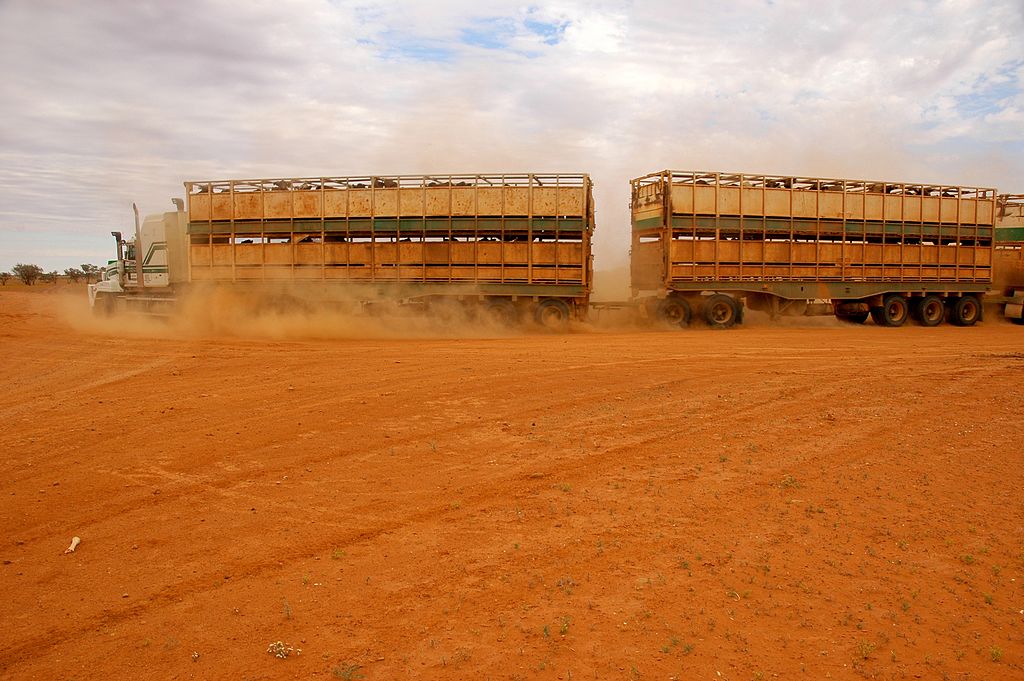Australia’s food security needs national-security frameworks

Australia’s agriculture sector and food system have prospered under a global rules-based system influenced by Western liberal values. But the assumptions, policy approaches and economic frameworks that have traditionally supported Australia’s food security are no longer fit for purpose.
Australia and the Indo-Pacific now face chronic challenges: rising geopolitical tensions, geo-economic transitions, climate change, deteriorating water security and rapid technological advances. While the government is acting to improve the Australian Defence Force’s readiness for conflict in our region, we are not trying to replicate this preparedness elsewhere in a coordinated manner, including in our agriculture sector and food system.
The importance of food security to national security, as well as policy options to resolve our national vulnerabilities, are core issues within ASPI’s newly released National Food Security Preparedness Green Paper.
The green paper argues that food is a fundamental pillar of Australia’s national security and the stability and security of the Indo-Pacific. The role of food in maintaining national security, as well as Australian and regional prosperity, has been taken for granted by civil and defence circles for long enough. Australia’s deteriorating strategic environment and critical dependencies on vulnerable supply chains mean we must now reassess our food security and consider its effects on Australian security and regional stability.
Australia is a heavily trade-dependent nation that exports 70 percent of its food production while facing an insidious domestic food insecurity challenge. Access to export markets is vital for all agriculture and food system stakeholders to maintain profitability. But, for decades, Australia has offshored the manufacturing of critical industry inputs in the name of globalisation and on the assumption that the world will remain in the rules-based order. Australia depends on many imported critical inputs, including fuel, AdBlue (to reduce diesel emissions), fertiliser and, increasingly, labour.
Heightening regional trade and military tensions threaten Australia’s access to critical food system inputs and global markets. The Australian government is clear on the threats that we face. Australia can no longer rely on the traditional 10-year strategic warning time for conflict. Lifting Australia’s ability to feed itself and its neighbours is as important as strengthening defence and expanding national resilience.
For food security, our problem is two-fold: Australia relies on vulnerable agricultural and food system supply chains, and, compounding the issue, doesn’t understand this vulnerability. It therefore has no clear plans for mitigation.
As shown in the figure below, since the 2008 global financial crisis, at least 20 academic papers, reports and inquiries have highlighted the importance of Australia’s food system and its exposure to external shocks.

Timeline of Australian food system reports.
Despite these reports, food security has not been a national priority, resulting in limited policy responses.
The Covid-19 pandemic revealed the scale of Australia’s exposure to long and fragile supply chains and the extent to which shocks to the international system could disrupt them.
Many disruptions have happened since then, with varying domestic effect. At the time of writing, yet another flood disaster is unfolding in regional Queensland, killing 150,000 head of livestock and counting. This disaster will have immense long-term effects on rural and remote communities and the region’s food production capacity. This follows the emptying of supermarket shelves in areas affected by Cyclone Alfred a month ago. There are also recurring Avian Influenza outbreaks in southern Australia.
On 4 March, the government committed to developing a National Food Security Strategy if re-elected. This is a starting point that has at least flagged food security as a specific policy priority. It appears likely that the opposition will support this initiative in some form. Regardless of what the next government looks like after the 3 May election, it must back this National Food Security Strategy with immediate action.
Australia must think of its agriculture and food system as an interconnected food security ecosystem, as opposed to a fragmented supply chain. Similarly, the importance of food security at a departmental and ministerial level must be elevated as a national security priority. To achieve this, the Department of Agriculture, Fisheries and Forestry should be established as the lead agency responsible for the food system and food security preparedness, its minister should become a full permanent member of the National Security Committee, and its secretary should be included in the Secretaries Committee on National Security.
This green paper’s 14 policy recommendations are a call to action: Australia must implement a National Food Security Strategy with preparedness as its immediate starting point, and with the urgency that our deteriorating strategic circumstances demand.




